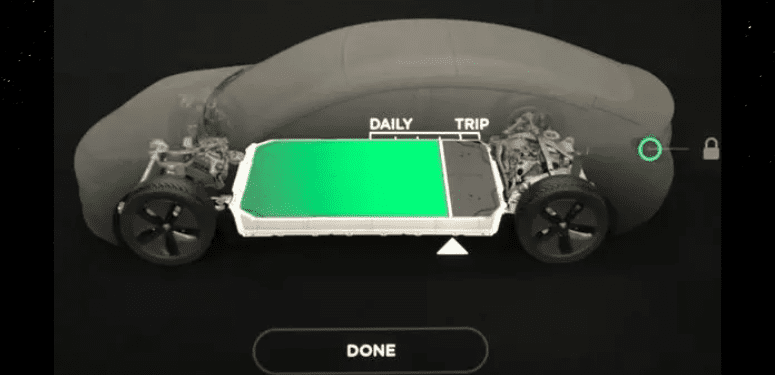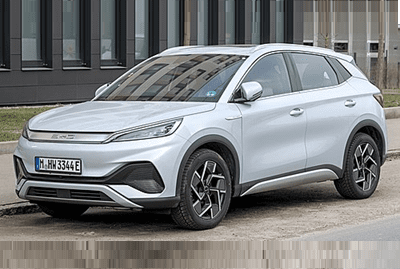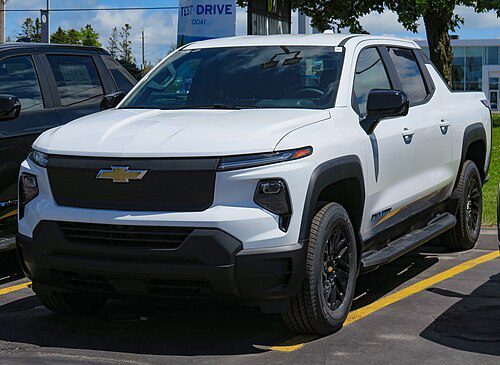Toronto, Ontario — In this week’s EV/AV report, Chevrolet whispers goodbye to its Rear-Drive Blazer Electric Vehicle, Tesla’s testing of self-driving robotaxis commences three days before its scheduled launch and the U.K. government’s accelerated deployment of autonomous vehicles leads to Wayve and Uber launching a driverless robotaxis.
Chevrolet’s EV drives away
The Chevrolet Blazer EV lineup lost a vehicle as the company discreetly discontinued its rear-drive version for 2026. A Chevrolet spokesperson confirmed that the Rear-Drive Blazer EV will no longer be manufactured as a means of simplifying the product lineup while offering the most popular products for consumers.
The 2026 Chevrolet Blazer EV is available in front-, rear-, all-wheel- and performance all-wheel-drive in the super sport trim. Chevrolet’s rally sport trim with powertrain configuration will only be an option for forward- and all-wheel-drive Blazer EVs.
Tesla’s Teleportation Tardiness
Tesla is now testing a fleet of robotaxis mere days before their planned commercial service launch, putting chief executive officer Elon Musk way behind schedule. Musk confessed that Tesla has only been testing the system without safety drivers since the end of May, casting doubts on the original timeline for customers hoping to pay for the service on June 12.
These vehicles will use software powered by teleportation as a safety measure when testing the self-driving features in a geo-fenced area of Austin, Texas. The time constraints faced by Tesla have meant it was never on the ‘Known AV Operators in Austin’s list on the City of Austin’s website. As Electrek reports, Tesla was just added to the list on June 9 in the testing phase. As for the new predicted launch date? Only time will tell.
Wayve Hello to Wayve and Uber’s Robotaxi Service
Wayve is partnering with Uber to launch a driverless robotaxi service in London. The U.K. government is fast-tracking self-driving commercial pilots in an effort to incentivize investment in autonomous vehicles. While few details have been shared, Nissan vehicles will be using the technology developed by Wayve.
Likened to a “partner ecosystem” by Sarah Gates, Wayve’s director of public policy, Wayve is the provider of driving intelligence while Uber is the service operator. Regardless of their joint partnership, both Wayve and Uber have separate responsibilities to guarantee customer safety, with the former obligated to prove the system’s safety when driving within its operational design domain, while the latter will be held accountable for the responsible operation of a passenger service.




















